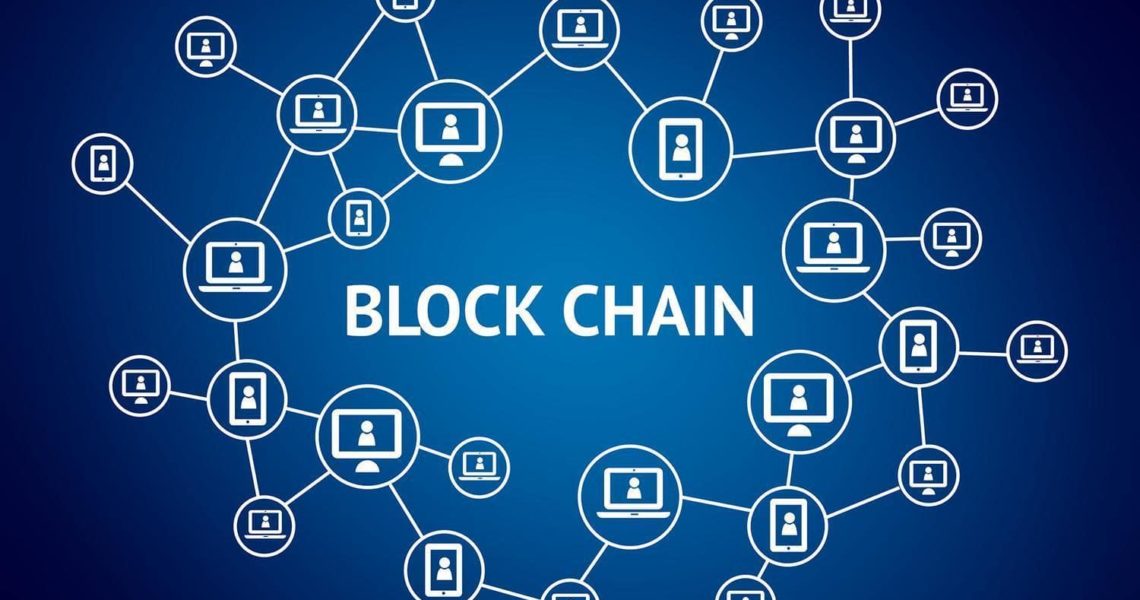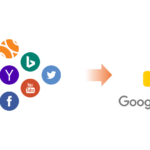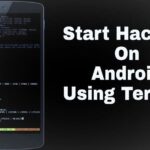What is Blockchain and How to Use it
What is Blockchain?
Blockchain is a technology trend, even hype, but blockchain implementations are already a reality. But many are still wondering: what is blockchain and how can I use it for myself and my company?
Also Read: What is Cryptojacking attack, how to prevent?
So I would like to start with an explanation of blockchain:
Blockchain is a technology that offers companies the opportunity to work together in a trusting way on their business network. Because blockchain creates transparency, security and traceability for all transactions in the business network via a common so-called “ledger” (general ledger or cash book), clear access rights and common rules on how the partners in the business network want to do business with each other.
This is achieved by recording the transactions digitally and unchangeably. You can think of it like a pearl necklace: Each block in the blockchain is like a pearl that is threaded onto a thread: If the next pearl is threaded, the previous pearl can no longer be changed or removed. Blockchain thus creates an unchangeable, transparent and auditable sequence of transactions – and all participants in the blockchain in the business network have the same view of the data (possibly controlled via the access rights mentioned).
Blockchain has a wide range of uses:

Whenever a company works with a number of partners in a business network and exchanges assets – or data on assets – and trust and traceability of the transactions are essential, blockchain can help make processes more efficient and, above all, less risky – i.e. more trustworthy – to design.
Here are some examples where you can see that blockchain is by no means limited to finance:
- In a supply chain, numerous companies, people, systems, processes, banks, etc. are typically involved in order to agree contracts, mutually agree to terms and conditions, exchange goods and make payments. The information about these contracts, goods, payments are often stored in many different systems in different formats, which can lead to errors and inconsistencies when exchanging information. Blockchain can help make the transfers of goods and information more efficient and error-free.
- A similar scenario also arises for logisticians who have to understand – and if necessary have to prove to the end user – that goods were transported properly and in accordance with all regulations.
- In manufacturing, blockchain can help to seamlessly trace the manufacture of products from the first production step to their final use at the destination – and thus, in case of doubt, also counterfeit-proof. This applies to both industrial and agricultural production, so that the purity of food can also be proven with the help of blockchain.
- Blockchain is also conceivable in connection with the “Internet of Things” as a means of carrying out transactions securely and comprehensibly: A refrigerator equipped with sensors could use blockchain to process automated orders (“no more milk, I have to order milk from the supermarket”) and related ones Document payments with suppliers.
- And of course there are numerous case studies in the banking and insurance environment, for example to clearly identify valuable goods such as diamonds and thus better secure insurance policies and prevent fraud.
Many other areas of application in other industries – or even industry-independent,
for example to verify digital identities – are of course also conceivable.
And to close the circle: blockchain implementations are already a reality.
The mentioned diamond example is implemented by Everledger: video on Youtube .
Maersk realizes a logistics use case: video on Youtube .
We’ll hear a lot more about blockchain in the future, I’m sure of it.








